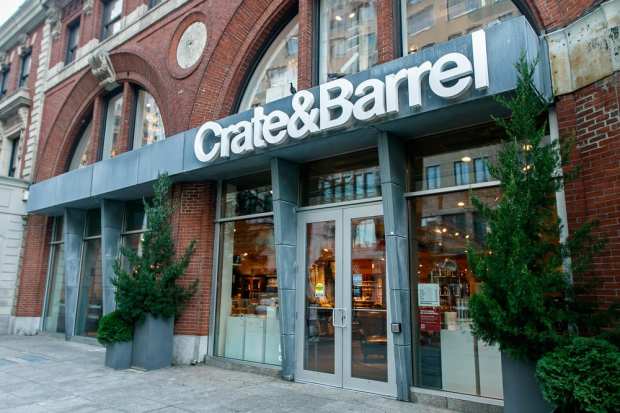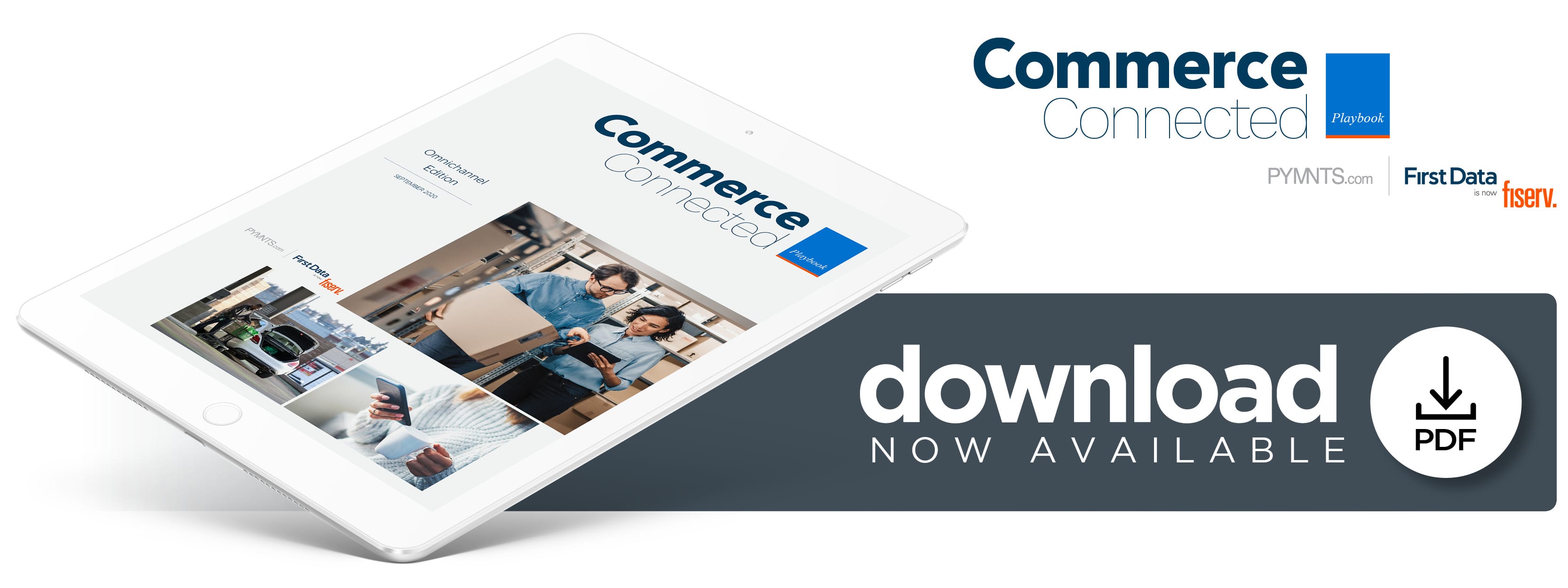Crate And Barrel On Weathering The Pandemic-Driven Push To Omnichannel

With brick-and-mortar retailers reopening worldwide, consumers are heading back to stores — and they’re taking their newfound digital shopping and payment habits with them, says Joan King, senior vice president of eCommerce for retailer Crate and Barrel. In the latest Commerce Connected Playbook, King discusses how merchants can tailor their operations to provide a unified shopping experience regardless of which channel consumers use to discover products, order and pay.
Shoppers are settling into a new retail normal — one that features seamless service — during the ongoing pandemic.
They have boosted their use of mobile and online tools to make purchases of all sizes, leaving retailers racing to promote their products across digital channels as well as in their brick-and-mortar storefronts.
Consumers who have adapted to new shopping norms during the pandemic no longer anticipate different experiences based on where they shop or how they pay, and retailers must concentrate on making sure they offer invariably smooth service regardless of channel. Creating a robust omnichannel experience thus means retailers must stop thinking about various commerce channels as separate, Joan King, senior vice president of eCommerce for furniture and home goods retailer Crate and Barrel, said in a PYMNTS interview.
“Customers are definitely expecting that there is no difference in service when they shop and transact on different channels,” King explained. “So, there is less and less tolerance [among customers] for having different policies in-store versus online, or different prices in-store versus online.”
Consumers are searching for more streamlined, consistent shopping experiences across the board. Retailers must therefore be sure they are hitting that mark, especially as any frustrations are likely to send potential buyers to more accommodating brands.
Omnichannel’s Growing Grip
The pandemic did not create consumers’ expectations regarding seamless omnichannel experiences, but it did solidify them. King said nearly 60 percent of Crate and Barrel’s traffic is now generated through mobile channels, which include its mobile-optimized website and tailored app. This figure has been steadily creeping up for years. The health crisis has driven changes in how customers shop on their mobile and digital devices, however, effectively reversing which channels customers use for select parts of the purchasing experience.
“We are seeing that the role of the channels has shifted a little, too, with limits on how or when customers can actually visit a store either [due to] shortened hours or because … some people just are not comfortable yet going back in. … All of those things have made it so that customers are relying on the site to do a little bit more of that [product] discovery that they used to do in-store.”
Consumers conversely expect more of the “transactional efficiency” traditionally associated with eCommerce when they do visit brick-and-mortar stores, she said, meaning they aim to get in, pay for their goods and then leave as quickly as possible.
King explained that retailers must work to stay on top of these evolving consumer desires. More than 40 percent of Crate and Barrel’s furniture sales were made online prior to the pandemic, for example, but the global crisis prompted changes in user behavior. It was important to analyze how well customers can navigate its website to purchase large-ticket items, such as upholstery or furniture, which consumers more frequently bought in stores before the pandemic struck.
“So, for upholstery, we knew that there was a gap [in] the comfort level of customers looking to make that decision virtually,” King said. “So, we really beefed up the navigational paths and the content that is available when you get to the site for those items.”
King said companies must also step up their usage of digital tools and products to keep their overall customer experiences seamless. Crate and Barrel is expanding a viewing feature on its website that uses augmented reality (AR) to give customers a better sense of how furniture will fit and look in their rooms, for example. It is also working to engage digital customers in tactile experiences typically associated with in-store shopping, such as by sending out free fabric swatches that allow customers to get a feel for products and materials.
These trends show that retailers must consider why their customers are leveraging certain commerce channels, but they should avoid making the experiences across separate channels too distinct. This consideration is especially important when it comes to how customers pay.
Channels Change, Payments Stay the Same
The pandemic may be altering consumers’ reasons for using certain commerce channels, but King noted that they have consistently valued the same payment tools and methods. Consumers are relying on credit and debit cards as well as more established digital wallets, such as PayPal’s offering, even as their shopping behaviors shift.
“We have seen a huge increase in customers interested in curbside pickup,” King said. “So, at a meta level, they are more interested in paying [for purchases] themselves online and then going to the store for that touchless pickup. As for the tender they are using, [however], we have not actually seen a big change.”
This does not mean that retailers should ignore developing trends or newly popular payment methods, however. King said installment payment plans could play a bigger role in the future as customers seek more financial flexibility, for example. Retailers should nevertheless avoid getting hung up on the wrong details when exploring alternative payment avenues.
“Where the transaction actually occurs is not something … we want to focus [on] too much,” King said. “We just want to make sure it is easy for [customers] to transact wherever they are ready to, and most often, customers are using both [online and in-store] channels by the time they go ahead and place their orders.”
Retailers must have a good handle on consumers’ expectations to craft robust omnichannel experiences, and success will ultimately require following their customers’ lead.

